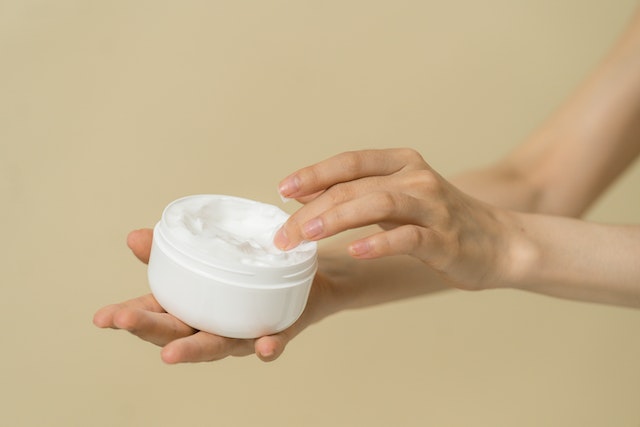Effective early intervention can stop problems from occurring or help them improve before they get worse. It also helps foster a whole set of personal strengths and skills that prepare children for adult life. Use bruise cream for two weeks before your dermal filler treatment to prevent bruising and then twice daily afterward to speed healing.
Swelling
Bruises are caused when blood vessels under the skin break and cause blood to get trapped, which can lead to swelling. This is why it’s essential to use a bruise cream ASAP. Cold applications numb nerves and constrict blood vessels, which helps reduce inflammation and speed healing. Hot and cold compresses also reduce swelling when used consistently, especially when the bruise first appears. The cold helps numb the nerves and constrict the blood vessels to reduce inflammation, while the heat opens the blood vessels and improves circulation to help heal the area. A diet rich in vitamin C and Vitamin K can also help prevent bruising. The body needs these micronutrients to break down and reabsorb blood properly.
Pain
Pain is a complex experience that differs from person to person, even among those with similar injuries or illnesses. It can be a mild and almost unnoticeable sensation or explosive. It can feel pricking, tingling, burning, aching, shooting, or electric. Bruises are formed when increased distress to tissue causes capillaries within that tissue to break, resulting in blood seeping out of the damaged area and building up under the skin. Nerve endings detect this build-up and send a pain signal to the brain. This signal is transmitted through pain receptors called nociceptors. These nerve endings in the skin and other tissues only activate when they detect noxious stimuli. Nociceptors transmit these signals to second-order pain-transmission neurons in the spinal cord, which then relay them to higher centers, including the brain stem reticular formation, thalamus, somatosensory cortex, and limbic system. Various factors, such as mood and emotional states, can modulate these signals.
Discoloration
Bumping into things is more common in today’s fast-paced world. Whether you bang your knee against the door jam or knock your arm on the table, bruises are a common side effect of many everyday activities. Bruises start as red marks because fresh oxygen-rich blood pools under the damaged tissue. After a few days, the bruise starts to lose oxygen, which can turn shades of blue or purple depending on its size, severity, and location. After a few more days, the bruise can take on a yellowish hue due to compounds called biliverdin and bilirubin released when hemoglobin breaks down. The color of a bruise can also be affected by the type and condition of the tissue, gender (more bruising occurs in females), skin tone, and age. Putting a cold pack or bag of ice on a fresh bruise will reduce discoloration. Also, elevating the injured area above the heart level helps increase blood flow to the bruised area.
Discomfort
Bruising can cause pain, but the discomfort usually disappears as the bruise fades. Occasionally, bruises become painful and discolored as the internal blood vessels rupture under the skin. This is when a medical professional should be consulted. Depending on the circumstances, a doctor might have your blood tested to see if you have a bleeding disorder. A pattern of bruising, particularly in the case of children, may also be a sign of physical abuse and should be evaluated by a professional. Some people bruise more quickly than others, especially if they have light skin or take certain medications. For instance, corticosteroids and dietary supplements like ginkgo biloba have blood-thinning properties. It is also easier to bruise with age as the skin becomes thinner. These factors are usually not a reason to seek medical attention, but if the bruises seem severe or there is no explanation, it is worth mentioning to your healthcare provider.






